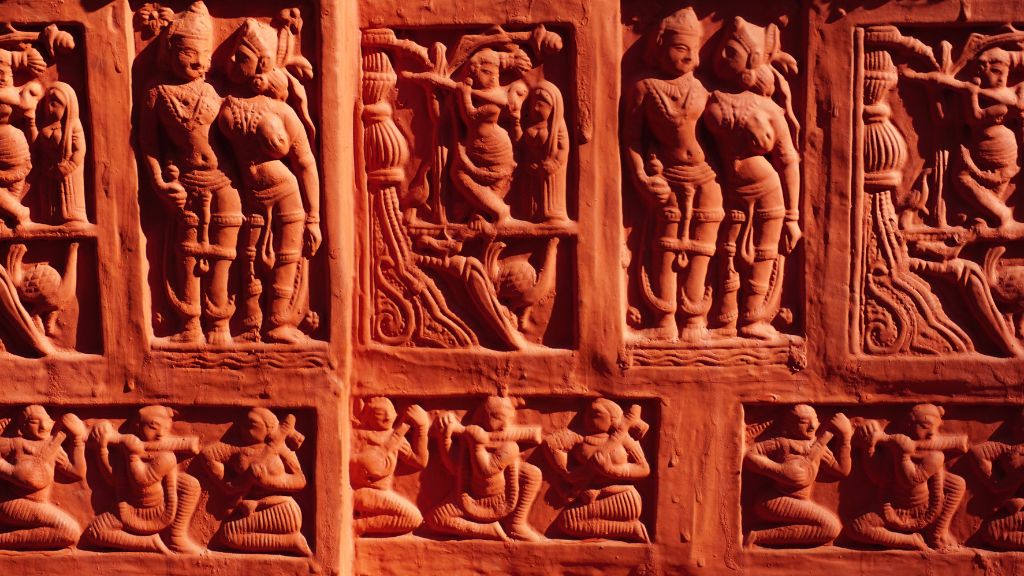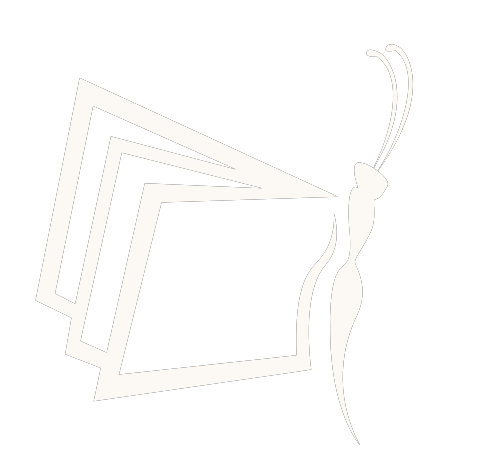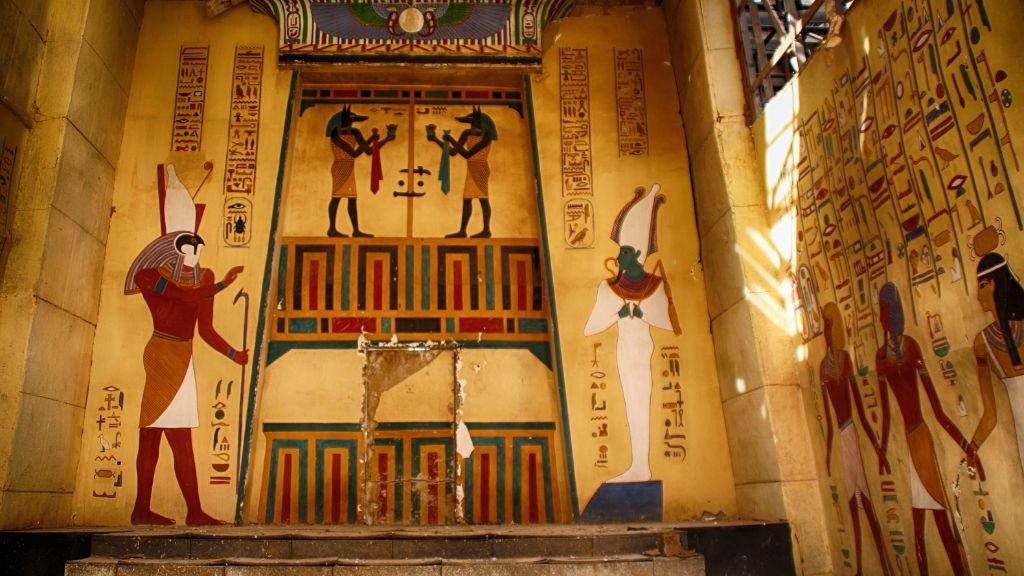In this informative blog article we will write a paragraph explaining what the renaissance was and how it changed over time. The Renaissance, a special time from the 14th to the 17th century, was like a rebirth of creativity and learning in Europe. People got really interested in art, science, and new ideas, breaking away from strict rules. It was a time of amazing artists like Leonardo da Vinci and writers like William Shakespeare.
The Renaissance changed how people thought about the world, bringing back ancient ideas and creating a fresh perspective on life. From beautiful paintings to groundbreaking scientific discoveries, it was a time of big changes that still impact how we see things today.
Write a Paragraph Explaining What the Renaissance Was and How It Changed Over Time (150 words)
The Renaissance was a period in history that happened from the 14th to the 17th century. It was a time when people in Europe got really interested in art, literature, science, and learning new things. The word “Renaissance” means “rebirth,” and during this time, there was a rebirth of ideas and creativity. People started to look back at ancient Greek and Roman cultures for inspiration. This period marked a big change in the way people thought about the world around them, moving away from the strict rules of the Middle Ages and embracing new ideas.
Write a Paragraph Explaining What the Renaissance Was and How It Changed Over Time (300 words)
As the Renaissance unfolded, it wasn’t just about art and creativity. It sparked a revolution in thinking across various fields. In art, artists like Leonardo da Vinci and Michelangelo emerged, creating masterpieces that celebrated human achievement. Literature flourished with the works of writers like William Shakespeare, bringing forth new perspectives on life.

Scientific discoveries and inventions, such as the printing press, further fueled the Renaissance’s impact. The period was not static; it evolved over time. Early Renaissance was more about rediscovering ancient knowledge, while the High Renaissance saw a peak in artistic achievements. Later, the Northern Renaissance brought its own unique style. The Renaissance wasn’t only about individual geniuses; it was a collective movement that changed how people saw the world.
| Also read: Impacts of Technology on Students Paragraph |
Write a Paragraph Explaining What the Renaissance Was and How It Changed Over Time (500 words)
The Renaissance, spanning from the 14th to the 17th century, was a transformative period that reshaped the cultural, artistic, and intellectual landscape of Europe. The Renaissance began with a revived fascination for the classical ideals of ancient Greece and Rome marked a departure from the rigid norms of the Middle Ages. This period witnessed a profound shift in thinking, with a focus on humanism, individualism, and the exploration of new ideas.
Art during the Renaissance experienced a remarkable transformation. Visionaries like Leonardo da Vinci, Raphael, and Michelangelo, produced timeless works that celebrated human potential and beauty. The emergence of linear perspective and chiaroscuro techniques revolutionized the way artists portrayed the world. Simultaneously, literature thrived with the likes of William Shakespeare, whose plays explored the complexities of human nature and society.
Scientific advancements were another hallmark of the Renaissance. Pioneering minds such as Copernicus and Galileo challenged traditional beliefs about the cosmos, paving the way for a more empirical approach to understanding the universe. Johannes Gutenberg’s creation of the printing press played a crucial role in spreading knowledge, democratizing access to information, and fostering an intellectual environment that fueled further innovation.
The Renaissance wasn’t a monolithic entity but a dynamic process that evolved over time. The Early Renaissance was characterized by a revival of classical knowledge, drawing inspiration from ancient texts and art. The High Renaissance witnessed the zenith of artistic achievements, marked by the iconic works of the great masters. The Northern Renaissance, while sharing core Renaissance values, developed its unique style and emphasis on realism.
In essence, the Renaissance was a multifaceted phenomenon that transcended geographical and disciplinary boundaries. It propelled humanity towards a new era of enlightenment, laying the groundwork for the scientific revolution and the Enlightenment that followed. The legacy of the Renaissance endures in our modern world, reminding us of the transformative power of ideas, artistic expression, and the pursuit of knowledge.
Final words
In conclusion, the Renaissance was a pivotal era that ignited a cultural and intellectual revolution in Europe. It reshaped art, literature, and science, encouraging a shift towards individualism and humanistic values. The period’s impact is evident in our appreciation of timeless masterpieces, scientific inquiry, and the enduring influence of its ideas.
The Renaissance not only revived ancient wisdom but also propelled society towards a more enlightened and innovative future. Its legacy persists as a testament to the transformative power of human creativity and the pursuit of knowledge, leaving an indelible mark on our understanding of the world and our place in it.

